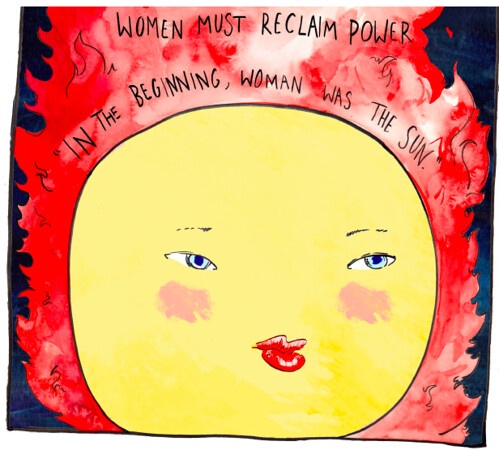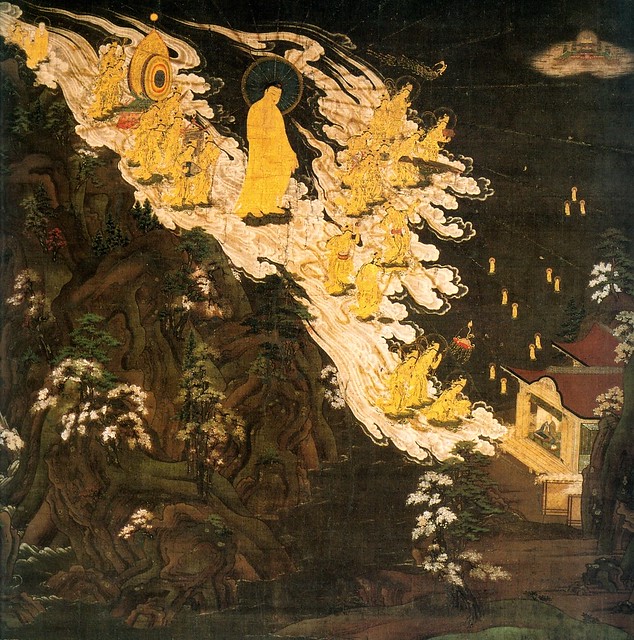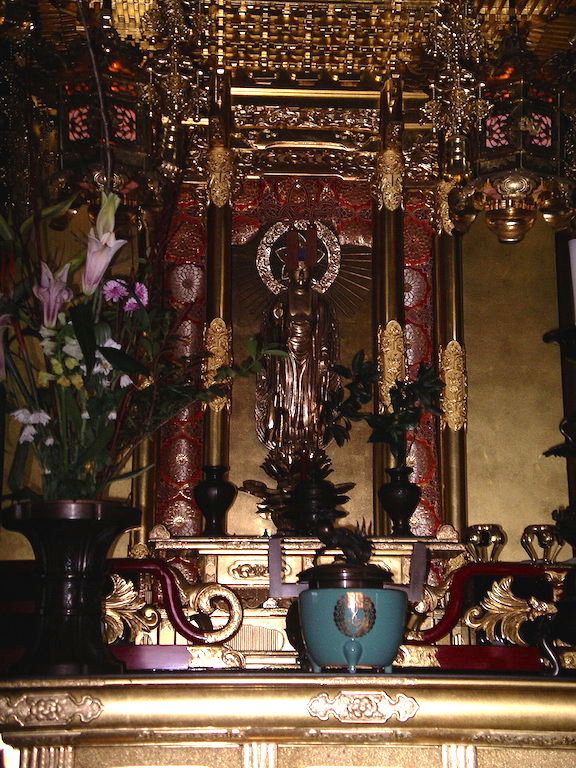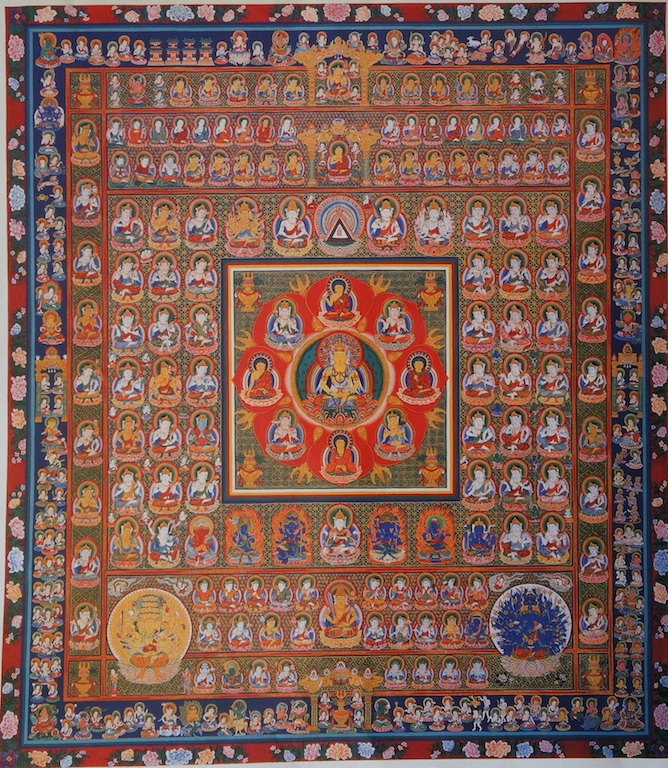
One Face of Liberation: Buddhist Feminism in Japan
The Zen-inspired activism of Hiratsuka Raichō
Buddhism in Japan introduces the histories, practices, and beliefs of various Buddhist schools, thinkers, and practitioners in Japan. It explores popular as well as little known faces of Buddhism in Japan through the reflections on texts, explorations of religious sites, and encounters with practitioners.
Primarily authored by Gereon Kopf, a Professor in the religion department at Luther College, Iowa, USA and the founding editor of the Journal of Buddhist Philosophy.
Buddhism in Japan is published bi-monthly.

The Zen-inspired activism of Hiratsuka Raichō

The Japanese Zen master Dōgen (1200–53) famously said, “To study the Buddha way is to study the self.”* A popular meditation manual known and used

In the last few weeks, I have been teaching the Tale of Heike (Heike monogatari) to my students at Luther College. The Tale of Heike is central to Japanese

Whenever I teach Japanese Buddhism, whether in the Americas, Europe, or East Asia, I frequently run into the same assumption among students that Buddhists, for

In my previous article,* I introduced a method of reading Japanese Buddhist texts, especially writings by the Japanese Zen master Dōgen (1200–53).** Here, I would

In this article, I would like to reflect on how to read Japanese Buddhist texts. To explain my strategies for approaching texts distant in time,

A 2008 article in The New York Times asked the provocative question whether Buddhism in Japan “may be dying out” (Onishi 2008). Unlike other, frequent claims that

I discussed pilgrimages in Japan in an earlier article on this website.* This month, I am teaching a course in Japan that involves visits to

Many package tours to Japan include a tea ceremony. Sometimes these short versions of a traditional tea ceremony––otemae or cha no yu ––take place in the tea room

Travelers to Japan notice the impressive gates that mark Shinto shrines, in Japanese, torii, as well as the shimenawa, referring to a type of rope made from

The so-called sectarianism of Buddhism in Japan has enabled Pure Land Buddhism to develop as a quasi-independent tradition within Buddhism. One of the central figures

Since the Meiji restoration in the 19th century, Buddhism in Japan has seen the development of a third category of practitioner in addition to the